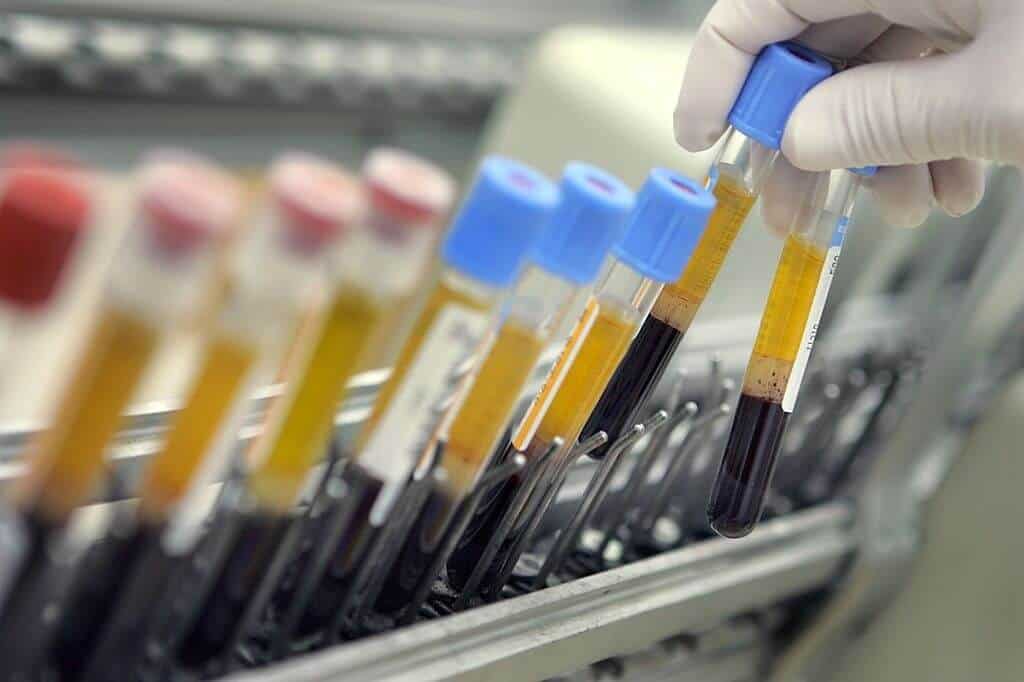Blood Test Makes It Easy To Identify Mitochondrial Disorders
Nikki Attkisson | Last Updated : November 11, 2021Mitochondrial disorders are very hard to spot in a person however, with the whole genome sequencing of blood samples it will be much easier to spot this. This affects roughly 1 in 4,300 people and is usually inherited from their ancestors.
Blood Test Makes It Easy To Identify Mitochondrial Disorders
Even though many people are affected by mitochondrial disorders, this is hard to diagnose as this affects different organs in a human. Katherine Schon from the University of Cambridge stated that such a diagnosis can help people at a very early stage and will also help unborn babies as well. The main thing is to diagnose the parents which will help the unborn babies and future generations.
Current testing fails to help roughly 40% of the people and this puts a huge strain on the patients and their future generations.
The stud was conducted in the United Kingdom in which 345 people had participated who had some mitochondrial issues. Researchers stated that with a single blood test they were able to see the whole-genome sequencing. This made it easy for finding a genetic diagnosis for at least 31% of the crowd. Researchers stated that this was the simplest test as compared to the currently available ones which take more time and are more invasive. Though the current test takes more time the results are not as good as the new research.

Patrick Chinnery who is an author to the report stated that genome sequencing should be first done before the doctors go for more invasive ideas. The most common invasive technique is doing a muscle biopsy which takes around 7 – 10 days for the results to come in.
Chinnery further stated that for genome testing patients won’t have to travel to special clinics or hospitals and can be done at every local clinic as well. This will save them time and money for the same. Researchers stated that more fine-tuning is needed for mitochondrial disorders and more research and data are needed.
Researchers and doctors from the US have agreed to share any data they have so as to come up with a more suitable form of testing which can be cost-efficient and faster.
Patrick stated that mitochondria is one of the most important cells in the body which is used to convert food and oxygen to life forces. It has been said that mitochondria are responsible for making up to 90% of the energy in the body for daily activities. Mitochondria is also responsible for the metabolism activities in our human body which breaks down the food and water in the body. Thus, knowing about mitochondrial disorders are an important step in sustaining human productivity.
Researchers were also trying to see if the coronavirus somehow affects the mitochondria. However, no such incidents have been observed and the virus seems to not attack this cell. The coronavirus mostly attacks the cell which has a protein layer on top of it so that the virus can grow and nurture. Researchers state that vaccination won’t affect any of the mitochondrial processes are at also quite safe and tested.
Mitochondrial disease has been with humans since a long time and no proper cure has been yet produced to tackle it in the early stage. Most of the treatments available today are taken into account when a person suffers some of organ failure and the doctors then proceed to save that organ. However, the underlying issue is the mitochondrial disorders which made the organ weak in the long run. Thus, identifying this at an early stage will help lots of future generations very easily.
With over 15 years as a practicing journalist, Nikki Attkisson found herself at Powdersville Post now after working at several other publications. She is an award-winning journalist with an entrepreneurial spirit and worked as a journalist covering technology, innovation, environmental issues, politics, health etc. Nikki Attkisson has also worked on product development, content strategy, and editorial management for numerous media companies. She began her career at local news stations and worked as a reporter in national newspapers.